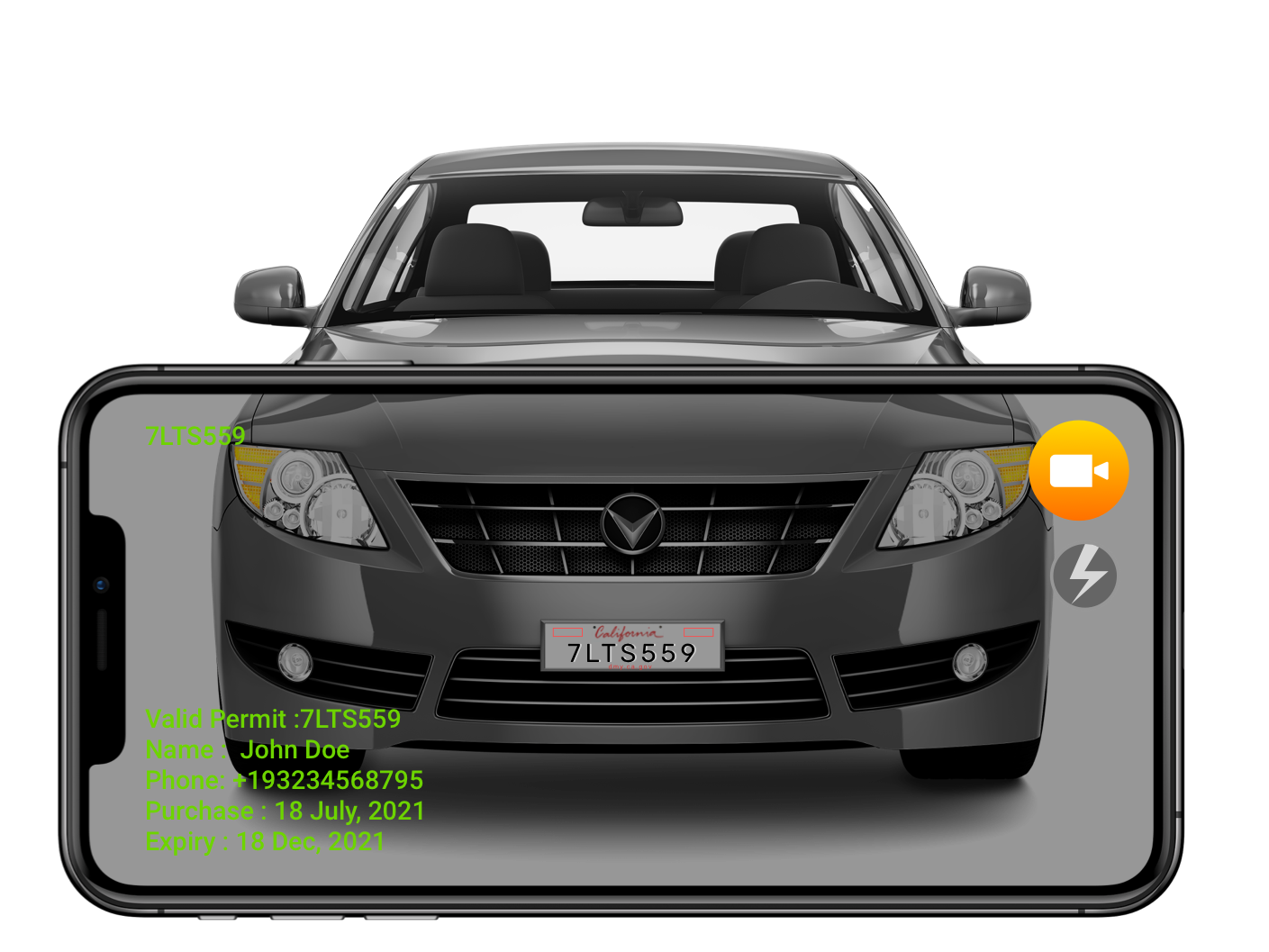The parking industry has been discussing the topic of Automatic License Plate Recognition (ALPR) for a very long time. The fundamental technology behind ALPR is the Artificial Intelligence/Machine Learning (AI/ML) and pattern recognition.
Artificial Intelligence and its potential real-world integration have also been anticipated and planned for in the computer industry for decades. Anecdotally, even Von Neumann, the father of modern computing, struggled with the idea of Artificial Intelligence. Many of the existing AI algorithms have existed for a while now. But only recently, after the power of computing has reached a real inflection point, with the advent of Cloud Computing and Smart Devices, some of these AI/ML algorithms are beginning to become feasible for real-world applications.
The same is true for the usage of ALPR technologies in the parking industry. It wasn’t long ago that even the best ALPR solutions were achieving around 80 percent accuracy in license plate recognition, and with a 20 percent error rate those solutions were barely usable. Only recently have innovative camera technologies been introduced to the market with 90-95% accuracy, thus making their usage more viable for the industry. Over time more sophistication in camera hardware will improve this accuracy even further.
However, all this technology comes at a high price. This makes it more difficult for an industry that has been impacted tremendously by the COVID crisis, as well as a community that has been traditionally very margin conscious, to invest in these technologies. Large capital investments required to implement these systems have been a big drag on the adoption rate of these technologies by the parking operators.
Now more than ever parking operators and owners are seeking solutions that come with very low, to no, upfront capital investments. They are looking for solutions that allow them to “pay as they go”. They want a technology pricing model that helps them to even monetize this additional operating expense, by passing along to the customer for their convenience of usage.
For today’s solution providers, it has become imperative that they offer what the industry desires. One such solution is the ALPR-based Virtual Permit Enforcement system from ParkEngage. This technology is run over a smart device but uses a very powerful and sophisticated pattern recognition tool, and proprietary permit matching algorithms, on the device. This makes the overall permit enforcement system nearly perfect and easy to use. And since expensive cameras are not needed, such a solution can be easily offered at no upfront cost, and at a truly transparent “pay as you go” price.
Contact us to learn more about how we can integrate this technology at your facilities!


